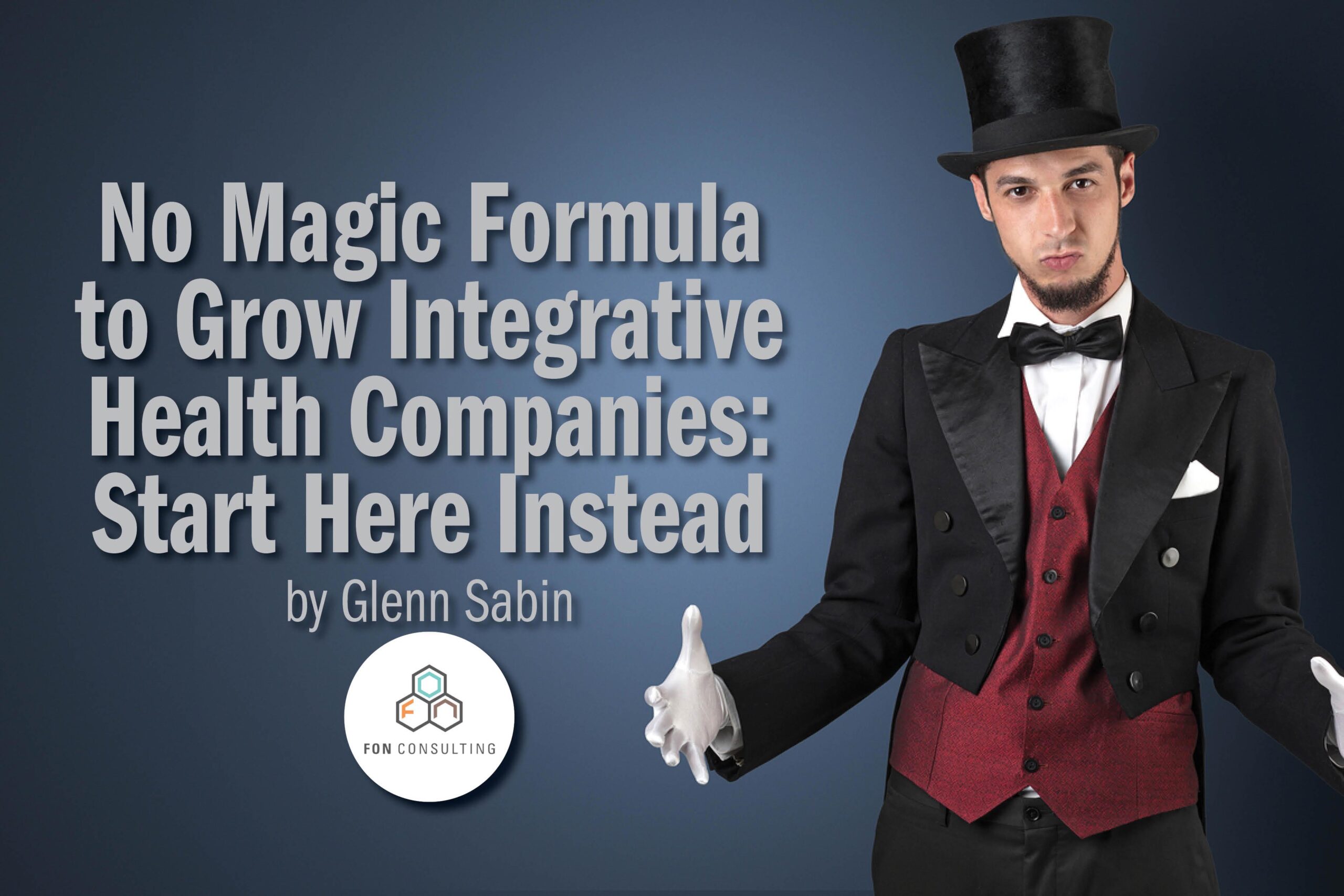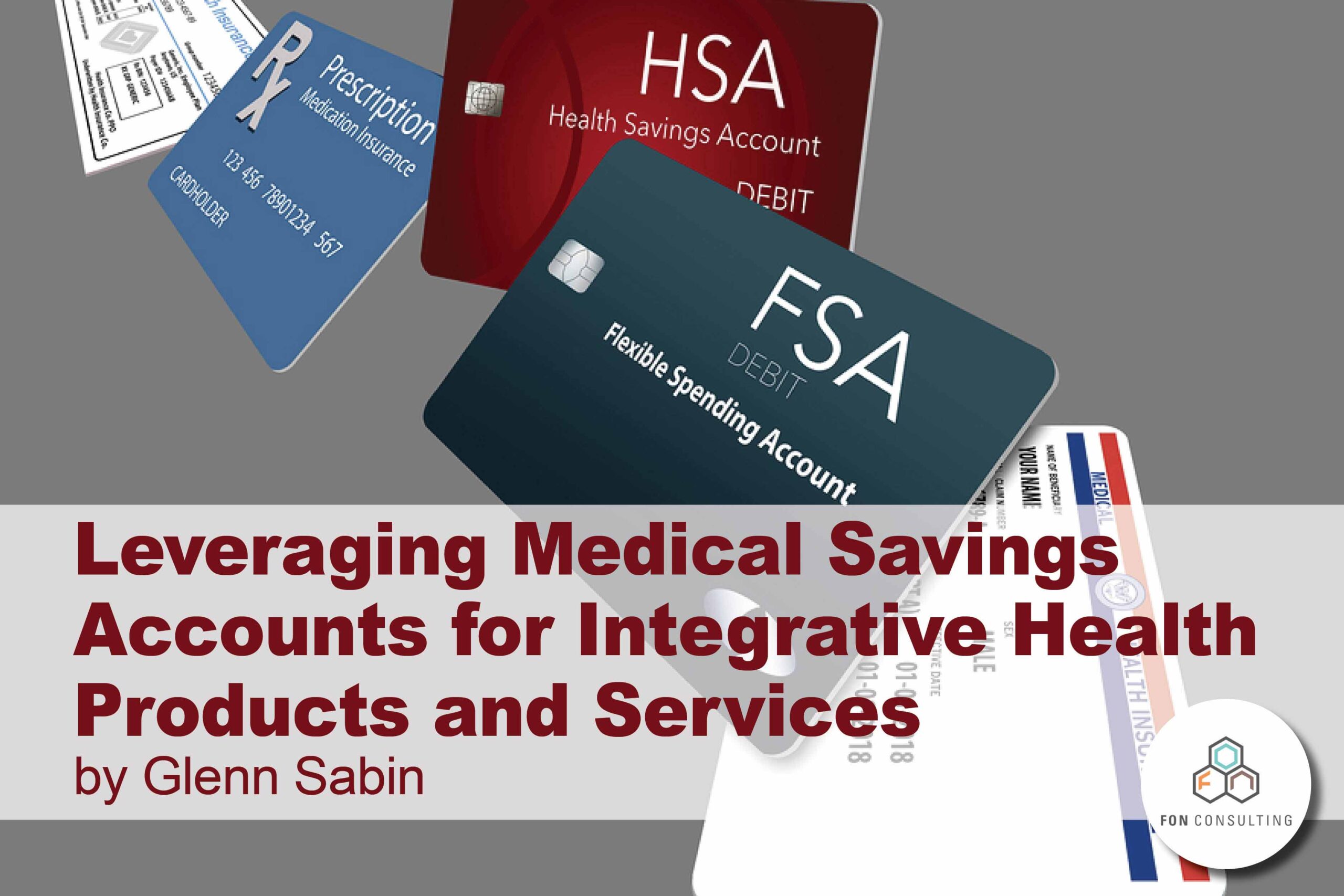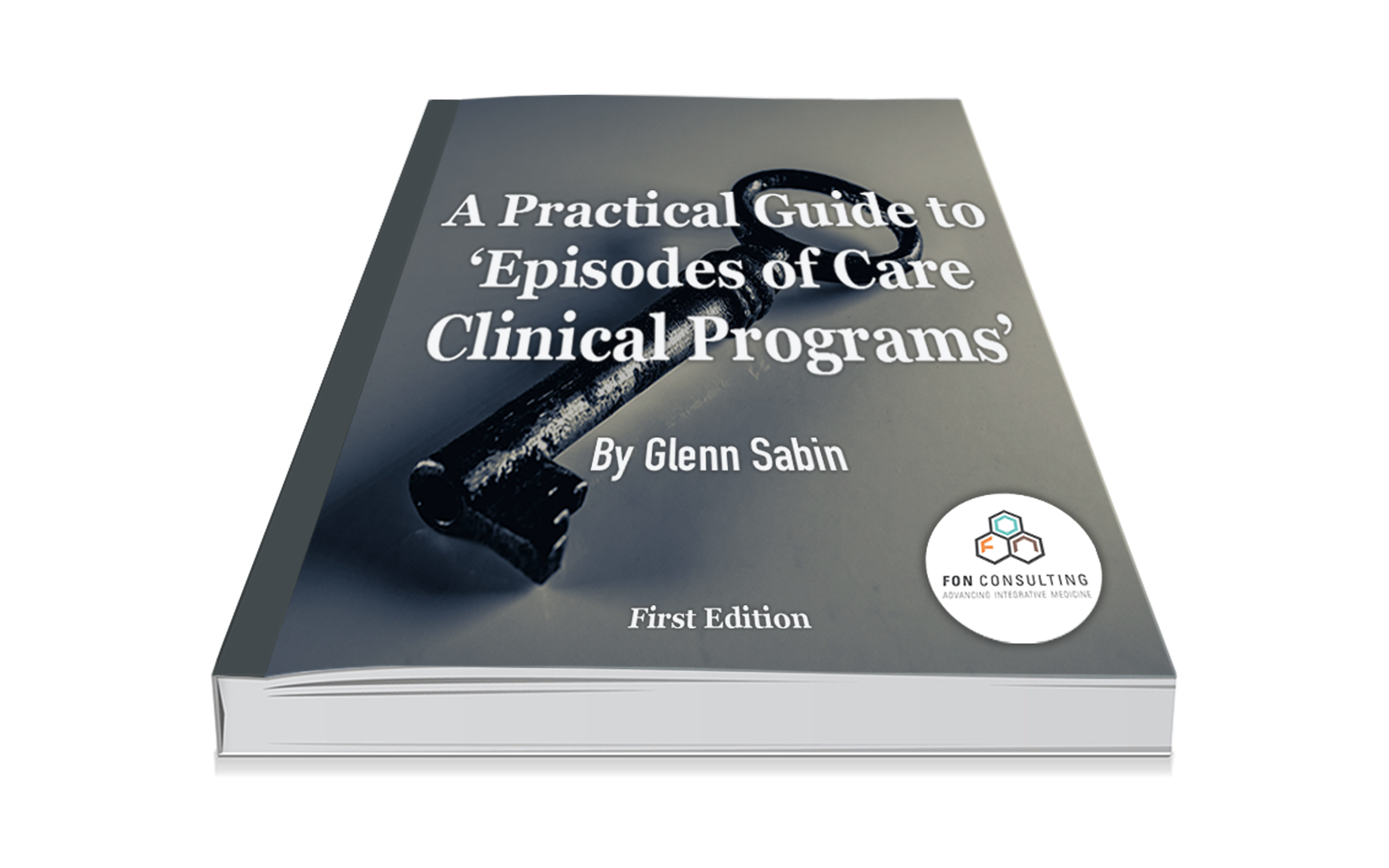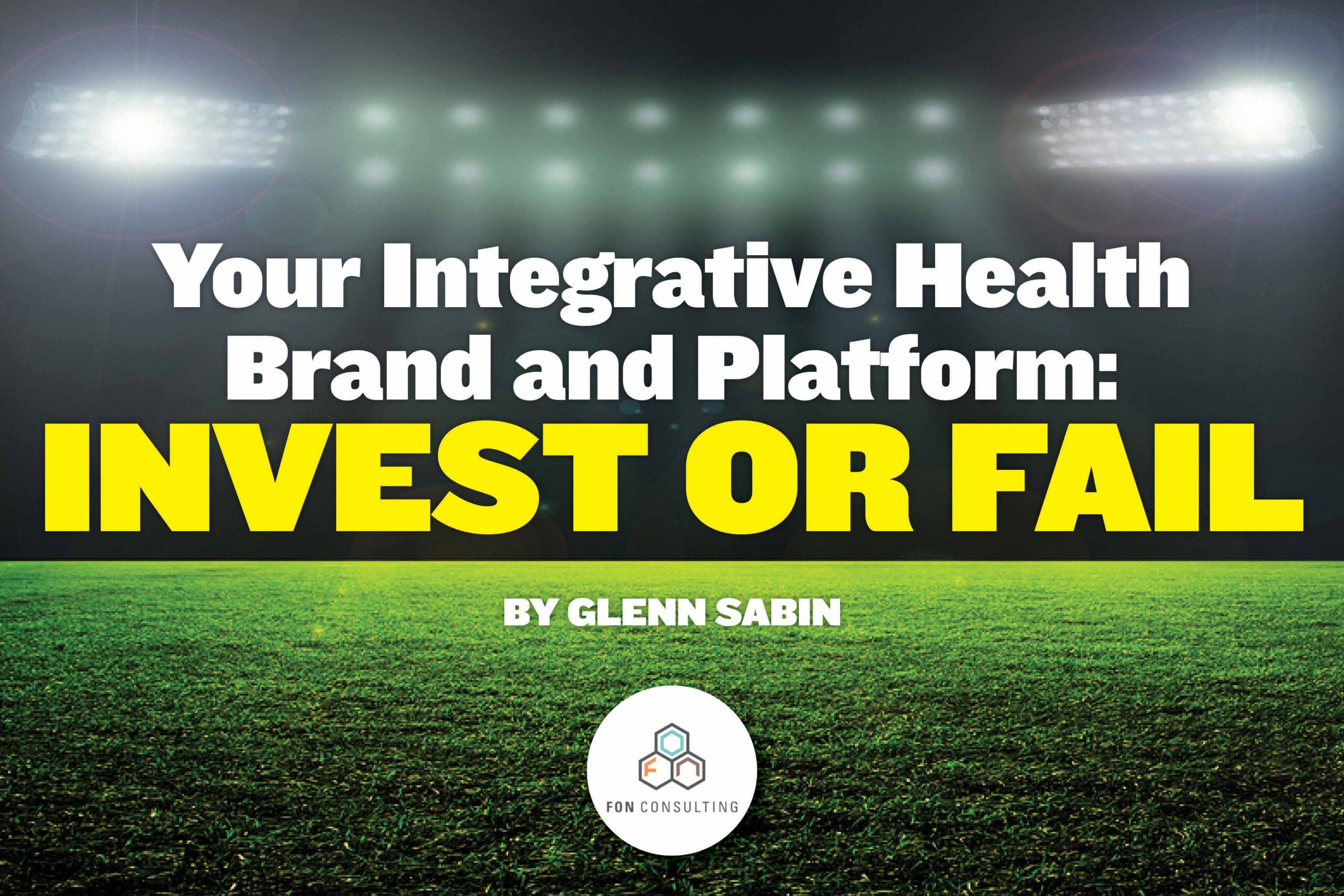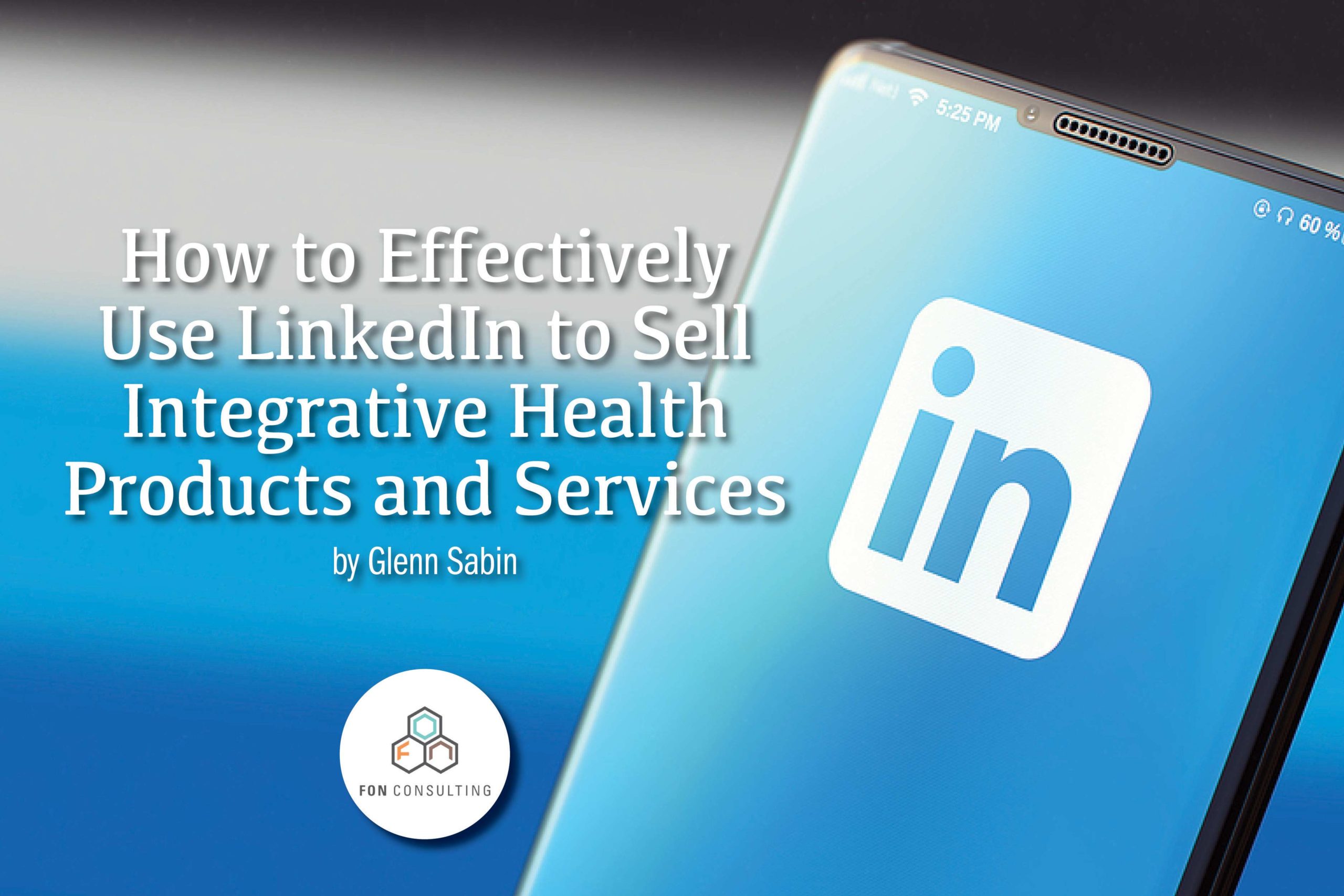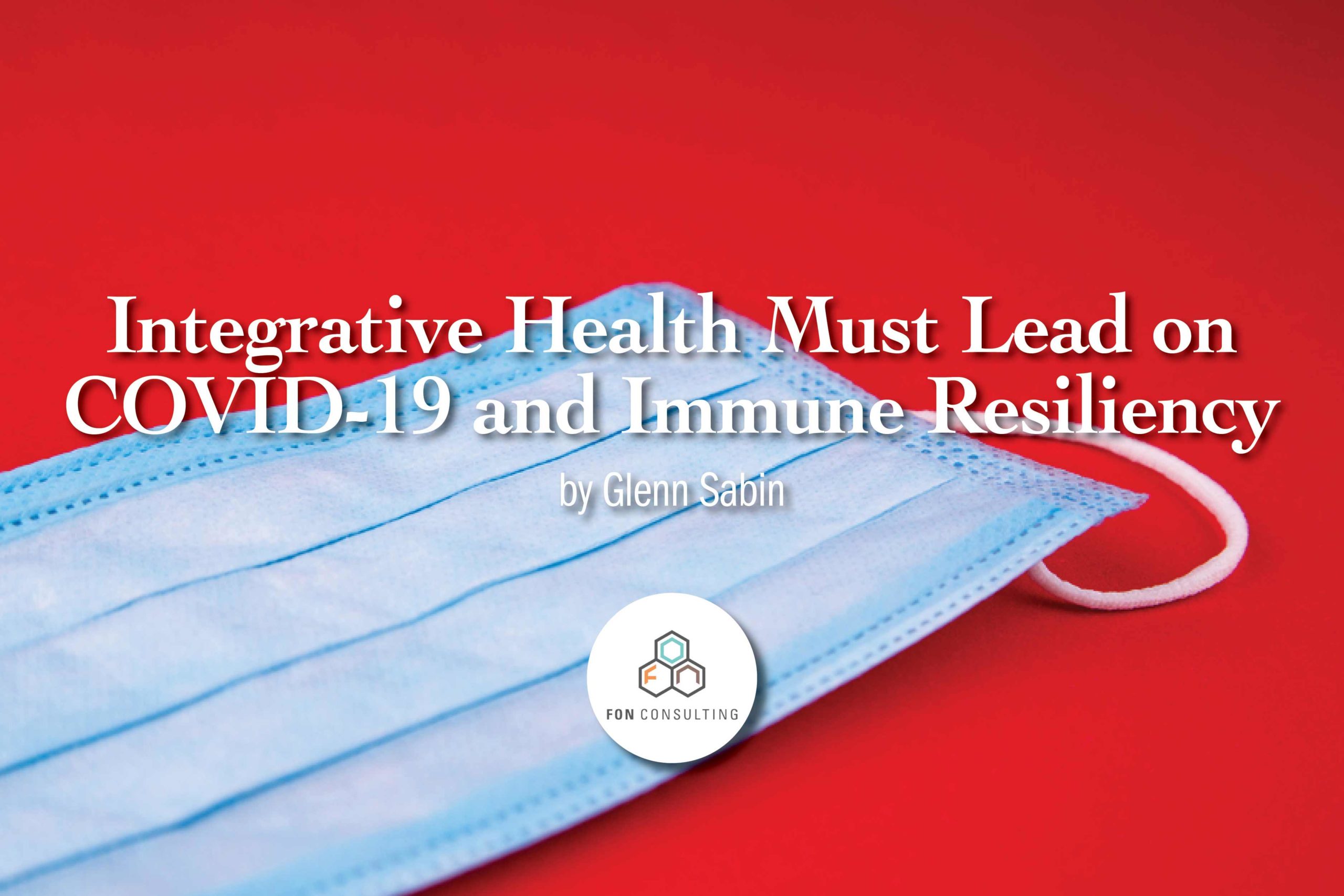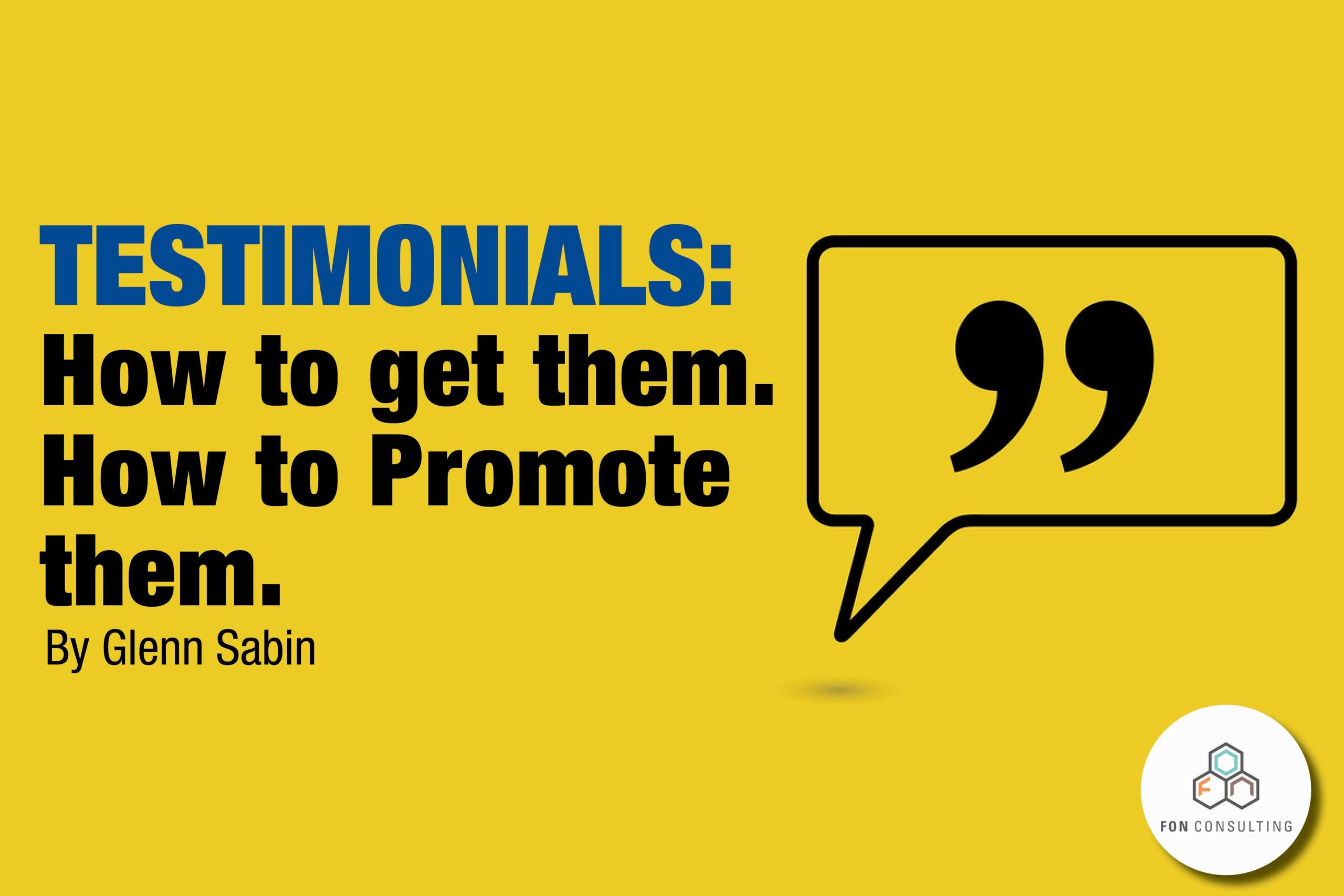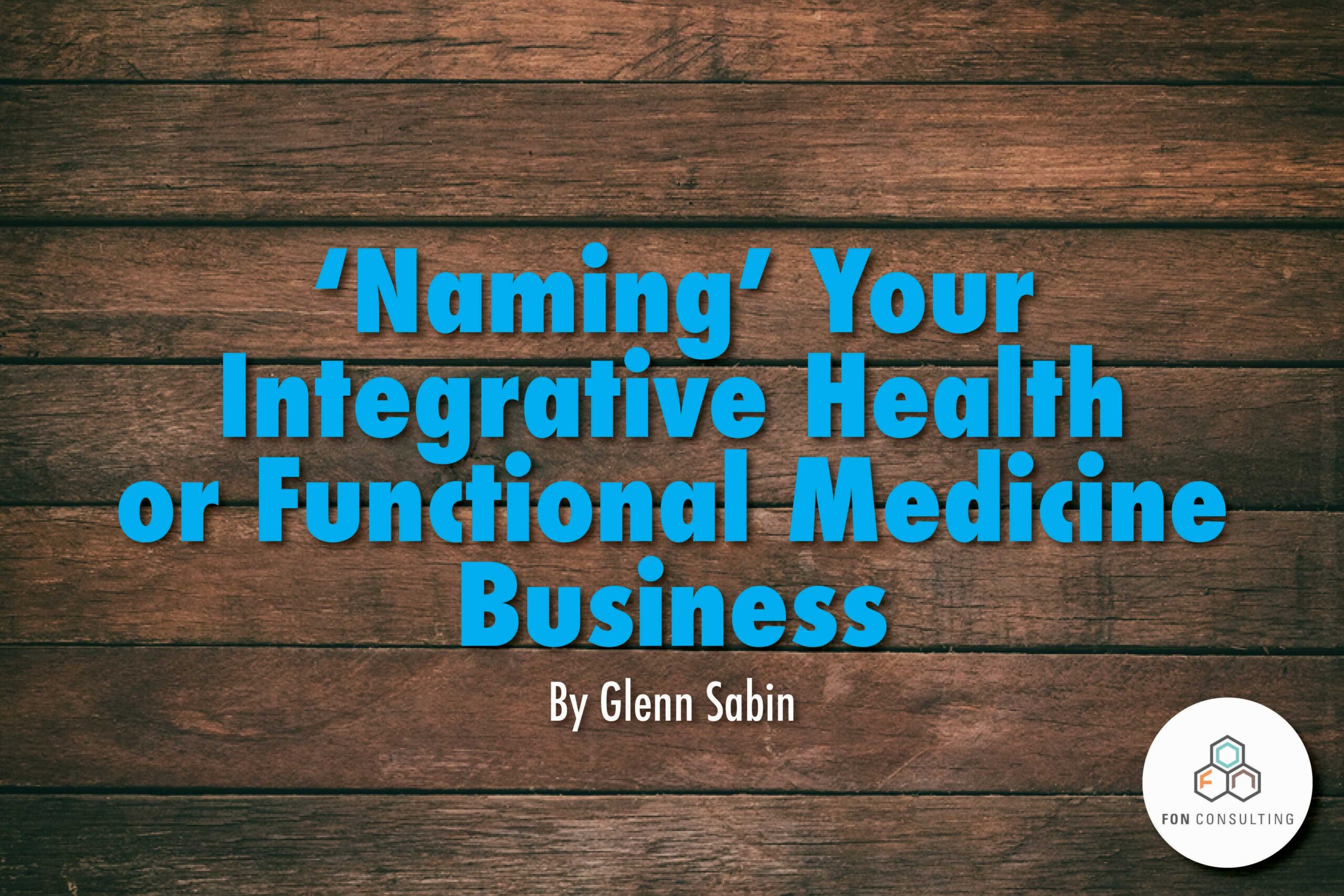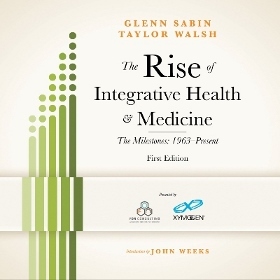Mindfulness: A Key Skill In Speaking About Integrative Medicine
By Glenn Sabin

Do you believe that having great content is enough to inform and persuade audiences about integrative medicine?
The truth is, it’s never enough. Your material alone—no matter how strong—can’t create the responses you’re looking for in stakeholders. It doesn’t matter whether that response has to do with educating, persuading, or inspiring people. Creating influence at that level is your job and responsibility. (To be as comfortable with listeners as you are with your content, download my free cheat sheet, “5 Ways to Captivate an Audience”).
How could it be otherwise? If it weren’t up to you or your team to activate your audience, you could just email them the relevant data—like your notes or PowerPoint deck. Of course, trying to turn people on to ideas solely through data is another hazardous route to travel, but we won’t deal with that issue here.
The point is, your ability to reach and touch people emotionally as well as intellectually is a key skill of speaking for influence. If that weren’t the case, you could simply include some bullets in that email with the message: “Read this, below. It includes everything you need to know!”
Charts, graphs, research data, and bullet points work wonderfully to accomplish the tasks they’re suited for. But when it comes to explaining, putting things in context, or discussing what’s really important about that data, well, that task falls to you the speaker. It’s why you create presentations or videos in the first place.
Presence Means Being Present
To accomplish these things and more on behalf of your integrative medicine practice or research activities, you need to be mentally present for your audience. And that means understanding and embodying the concept of mindfulness: a key skill of effective public speaking.
Mindfulness-based stress reduction is a key tool for patients to learn and adhere to, and is core to an integrative approach to wellness. Mindfulness also refers to a critical role in order to speak to audiences with total awareness of the task and the people at hand. To be mindful, in other words, is to be fully “present” for your listeners. In fact, it’s one way to reach that holy grail of public speaking: presence. It’s not a mistake that the two words have the same root: praesent, or Latin for “to be present before others.”
This doesn’t just mean physically, of course. It also refers to having a strong sense of focus and inhabiting the present moment. To improve your own focus and to speak with greater impact and influence, download my cheat sheet, “10 Ways to Stay Fully Focused when Speaking”.
Speaking Well Means Single-Tasking
Ideas similar to those above appear in Daniel Goleman’s blog from 2013, Mindfulness: When Focus Means Single-Tasking. As Goleman points out, these days we’re sitting ducks for distractions: emails, beeping phones, enticing links in online stories; even those newsfeeds that scroll across the bottom of other news.
The opposite of the multitasking demanded by these applications is single-tasking, or “the ability to bring our focus to bear fully on just what we are doing” (Goleman). And if there’s any task filled with possibilities for distraction and attention-fracturing anxieties—and where laser-like focus is needed—it’s speaking in public. It’s also true of course that the concept of mindfulness fits perfectly with integrative health and medicine!
Two Ways to Achieve Mindfulness when You Speak
So how can you achieve the concentrated focus you need to be a more effective speaker on behalf of your group or organization? Here are two ways to follow such a disciplined path to speaking success:
1. Unlearn Multitasking. As you probably realize by now, multitasking is the enemy of impactful public speaking. By its nature, multitasking splits your consciousness into partial attention to any task. Trying to do more than one thing at a time reduces your control over any one of them, and that means reducing your effectiveness as well.
Enjoying this article? Subscribe and get our latest, delivered straight to your inbox.
The key here is to develop the habit of single tasking in everyday activities. It’s simply too difficult to suddenly achieve mindfulness at the start of an important presentation. Learn to be fully present without a single distraction in low-key situations. In fact, the more of a chore the task is (like washing dishes), the better. An excellent book with practical exercises along these lines is Thich Nhat Hanh’s The Miracle of Mindfulness.
2. Limit Your Speaking Objective. Speeches have limits both in terms of time and the attentiveness of your audience. So be realistic about what you can achieve in 20 minutes, a half-hour, or even a day of conference activities. For instance, don’t try to drag into your talk the complex past relationship between you and your listeners or the objectives for your entire industry if you’re here to discuss a single aspect of it.
Focus on the single purpose you’re there to accomplish. That’s enough of a challenge for a brief presentation or video clip. If you can limit your objective to what you can reasonably achieve, you’ll be demonstrating mental discipline. From there it’s only a small step to remaining focused on the task at hand—an important step in attaining true speaking effectiveness.
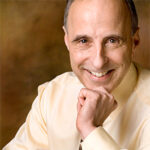 Gary Genard, PhD, is the creator of The Genard Method of performance-based public speaking training. An actor, communications professor, and speech coach, he uses theater-based techniques to help professionals become extraordinary speakers. His blog Speak for Success! covers all aspects of speaking for leadership. He is the author of How to Give a Speech, and Fearless Speaking: Beat Your Anxiety, Build Your Confidence, Change Your Life. Dr. Genard was listed as No. 25 on Global Gurus’ World’s Top 30 Communication Professionals for 2015. This is the first of a series of three blogs he will contribute in this space. The second article will discuss foolproof ways to open a speech. Dr. Genard’s final article will focus on how you can conclude your presentations and videos vividly and memorably while activating listeners.
Gary Genard, PhD, is the creator of The Genard Method of performance-based public speaking training. An actor, communications professor, and speech coach, he uses theater-based techniques to help professionals become extraordinary speakers. His blog Speak for Success! covers all aspects of speaking for leadership. He is the author of How to Give a Speech, and Fearless Speaking: Beat Your Anxiety, Build Your Confidence, Change Your Life. Dr. Genard was listed as No. 25 on Global Gurus’ World’s Top 30 Communication Professionals for 2015. This is the first of a series of three blogs he will contribute in this space. The second article will discuss foolproof ways to open a speech. Dr. Genard’s final article will focus on how you can conclude your presentations and videos vividly and memorably while activating listeners.
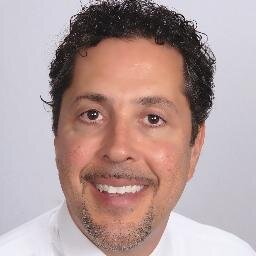
Read Glenn’s story.






